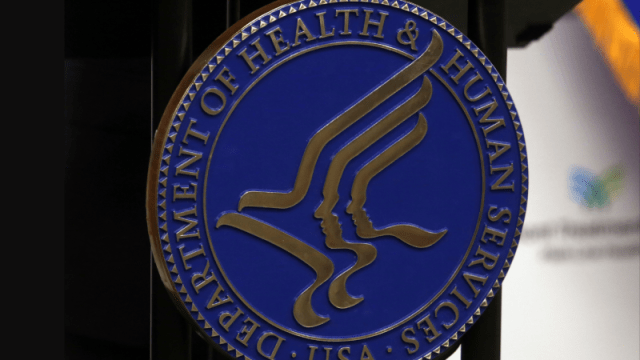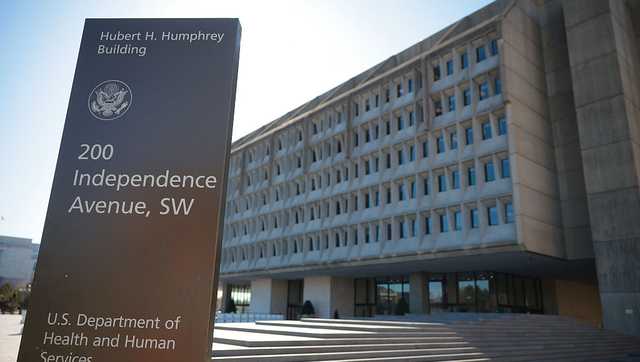Health Care Shock: NY Halts Expanded Coverage in Surprise GOP Budget Twist

In a significant financial blow, the recent July legislation dramatically reduced New York's healthcare funding, cutting nearly $7.5 billion from the state's annual $14 billion budget for the Essential Plan. This substantial reduction threatens to impact healthcare coverage for thousands of vulnerable residents who rely on this critical insurance program.
The massive funding cut could potentially disrupt the healthcare safety net that the Essential Plan provides, raising concerns about access to medical services for low-income New Yorkers. State officials and healthcare advocates are now scrambling to understand the full implications of this unexpected and dramatic budget reduction.








